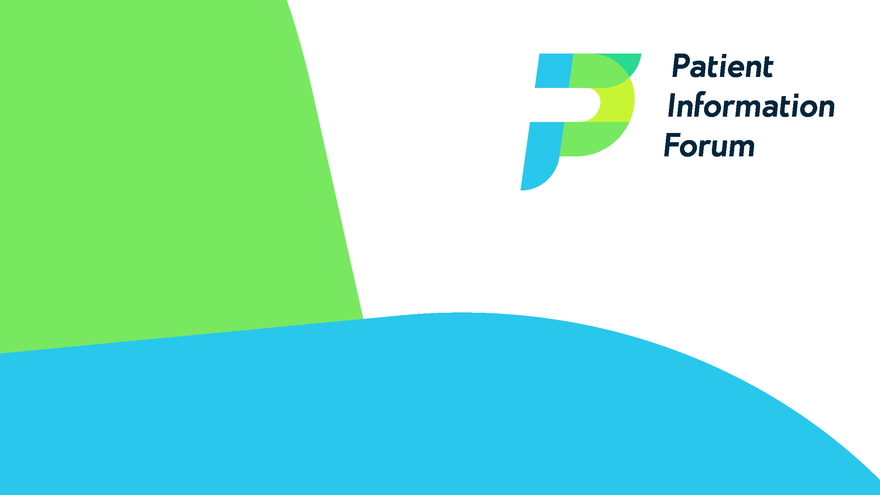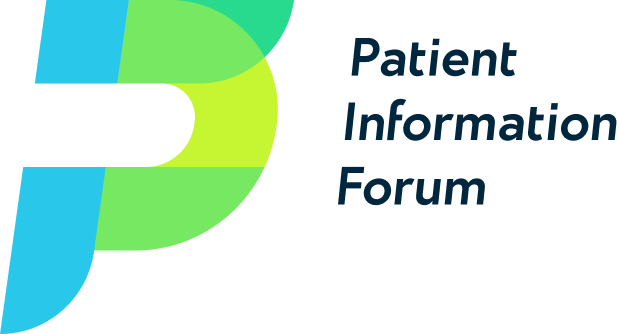
Using plain language in health information – a quick guide
Writing in plain language is a key challenge for health information producers. This quick guide, based on our CPD-accredited training, aims to help you get started. Translating medical terms into plain language will help more people access your resource and make it more health-literacy friendly. It is important to remember anyone can be affected by low health literacy. Someone who has high literacy levels in their everyday life may still struggle to understand health information.
Executive summary
This guide provides practical support for writing health information in plain language. It includes tips, readability tools and data to help you make the case for health-literacy friendly materials.
Why this matters
Everyone should have access to evidence-based health information to enable them to make informed decisions about their health. Complex or jargon-heavy materials make information harder for people to understand. This can lead to increased hospital visits, failing to take medicines correctly and a lack of trust in healthcare.[1]
Starting with plain language can also help you tackle other health information challenges. For example, translated materials and accessible formats are easier to create when you are starting from a resource which is easy to understand. Consumer research carried out by PIF in early 2020 showed the public rated information which was easy to understand as a key criteria for health information, second only to being evidence-based.
Keep it simple
- Find out what users want or need to know and put that at the start of the information
- Aim for a reading age of 9-11
- Keep sentences short
- If you have to use a complex word explain it straight away or use a glossary
Check understanding
- Engage your audience to ensure language is easy to understand and tone is correct
- Ask other members of your team to review
- Work with different reviewers at different stages of the project
Consider different formats
- Look at different ways of presenting the information
- Make use of tools like infographics or short animations alongside text
- Think about how to present numerical information in an accessible way
This guide supports the following PIF TICK criteria:
- 6.0 Health inequalities: Information is written to meet literacy, language and accessibility needs.
- 7.0 Content and legal: Content is clear, easy to access and meets local legal requirements.
Originally published May 2022. Last update May 2024. Next update due May 2027.
Please login or join us to view the full guide
How you create your patient information matters. Do it together with PIF.
Join PIF or apply for PIF TICK certification today to get unlimited access to PIF's resources, expert advice and support services.

Health literacy checklist
Download our simple checklist to help you check how health-literacy friendly your materials are.
Health literacy checklist
